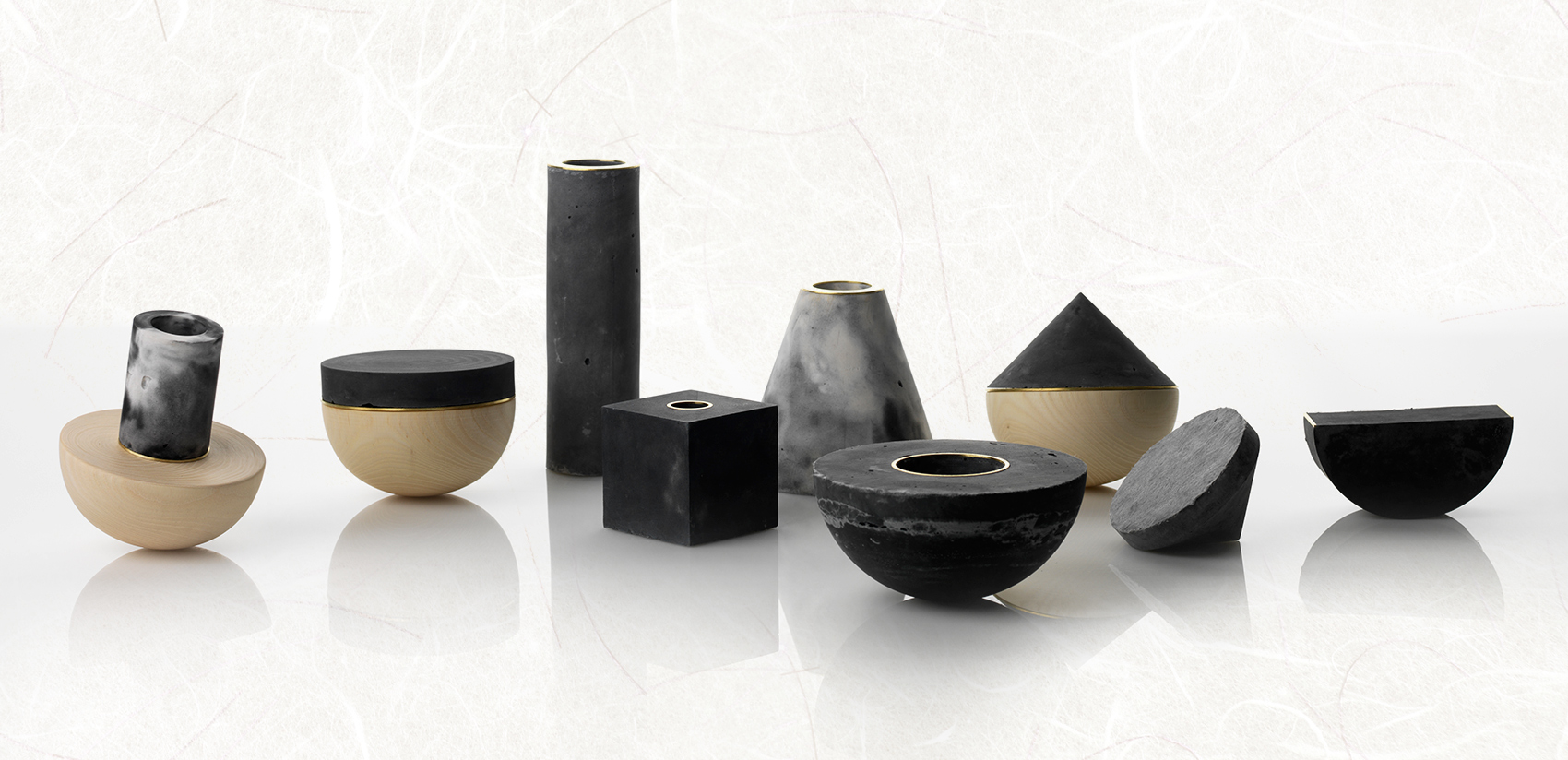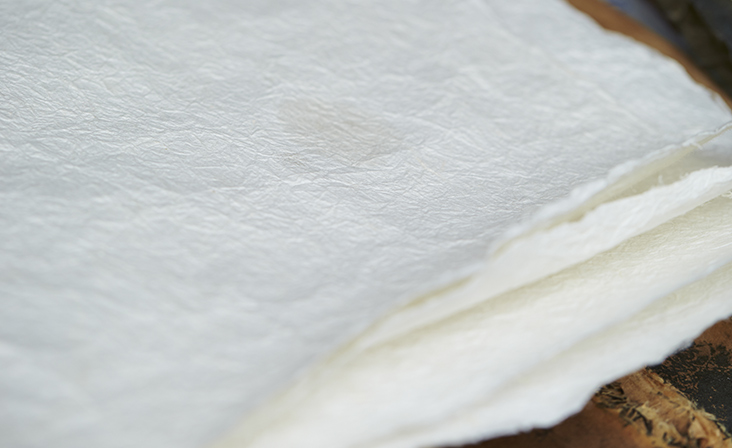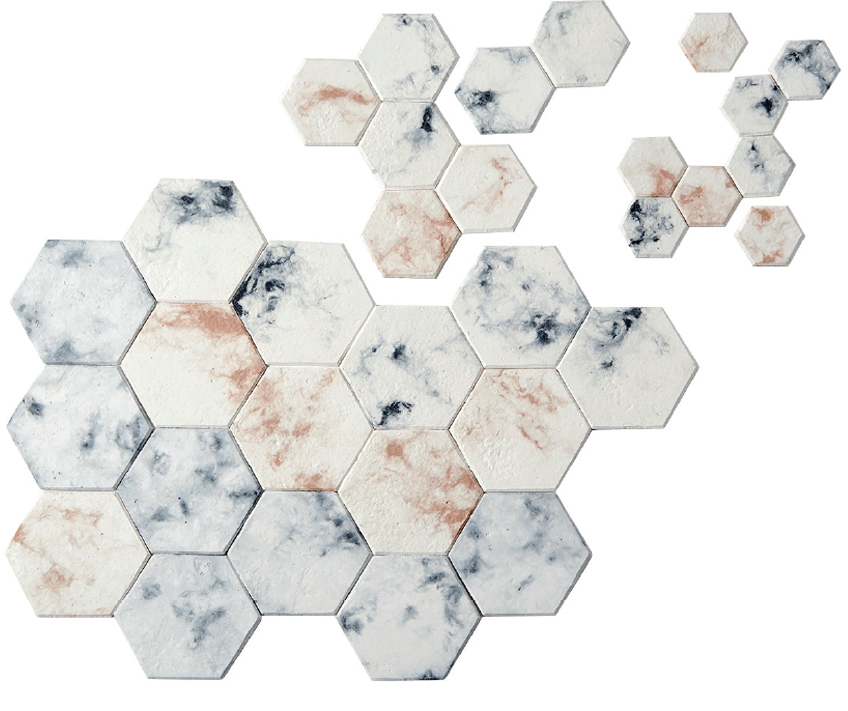
Contents





Love Travels Through the Strings of the Violin






Hanji
Endless Possibilities
Plastic has made our lives more convenient, but most plastic waste doesn’t get recycled properly, which has been posing a threat to the ecosystem. Is there an alternative to plastic? Sometimes the most splendid answer can be found in the past. Craft s made from hanji mulberry paper, born out of the wisdom of our ancestors, may provide some clue as to what the world has been looking for.
Written by Lee Eun-yi, designer & writer Photos courtesy of Korea Craft & Design Foundation
 The diffuser MEARI by Great Minor(Jeong Do-ee and Jeong Je-na) maximizes its function by mixing plaster with hanji.
The diffuser MEARI by Great Minor(Jeong Do-ee and Jeong Je-na) maximizes its function by mixing plaster with hanji.Everlasting and Practical
Hanji mulberry paper crafts are everyday products made with a type of traditional paper that comes from the inner bark of the mulberry tree. Hanji, which literally means “Korean paper,” can be traced back to the Three Kingdoms Period of Korea (57 B.C. - A.D. 668) when papermaking was invented in China. Its durability is ascribed to the strong fibers of the mulberry tree that also allow light and wind to pass through. Because it effectively absorbs and releases moisture, hanji is highly durable and doesn’t tear easily. This is demonstrated by the Great Dharani Sutra, a Buddhist scripture printed on hanji. Discovered in the Seokgatap Pagoda at Bulguksa Temple, the document is believed to have existed before A.D. 751, making it more than 1,200-years-old.
The process of making this useful paper involves a great deal of effort, with each sheet made by hand. The handmade paper can only be produced in small quantities, and was thus considered all the more valuable. It was commonly used for books and wallpaper, and the remaining scrap paper was repurposed into everyday objects, such as fans, umbrellas, conical hats, sewing boxes, pots, wallets and basins. It was also incorporated into large pieces of furniture. In the past, this handmade paper served as a versatile, essential component.
 Ju Han-jin’s padong takes advantage of hanji’s flexibility, durability and light weight. The natural look that comes from its color and texture makes it special.
Ju Han-jin’s padong takes advantage of hanji’s flexibility, durability and light weight. The natural look that comes from its color and texture makes it special. Hanji is soft yet durable and eco-friendly.
Hanji is soft yet durable and eco-friendly.Potential as an Eco-Friendly Material
A multitude of craft techniques has been applied to making a diverse range of hanji items. Some examples are: saekji crafts, using layers of dyed hanji to decorate a frame; jijang crafts, which involve applying layers of hanji to a wooden frame and varnishing them with lacquer; jiho crafts, where water-soaked hanji scraps are poured into a cast; and, jiseung crafts, the art of paper weaving. The finishing touch is colored paper, or decorative images of flora and fauna, such as butterflies, bats, birds and flowers. These elements were used to symbolize the artisans’ wishes for a long and happy life.
Objects made from this handmade traditional paper are light and elegant. They are recycled, biocompatible and biodegradable. Considering the scale of plastic pollution in the world today, these eco-friendly characteristics of hanji have profound implications. In the past, hanji had a practical value in all aspects of life. By building on this, wouldn’t we be able to secure a healthier, safer future for ourselves? The recent increase in hanji products across industries, including tableware, clothes and electronics, demonstrates that many have already recognized the potential of hanji as an ecofriendly material.
 Eco-friendly hanji tiles by Jeon So-ri’s Paperable have a breathable nature that is perfect for controlling humidity.
Eco-friendly hanji tiles by Jeon So-ri’s Paperable have a breathable nature that is perfect for controlling humidity.Other Articles





Love Travels Through the Strings of the Violin





Application of subscription
Sign upReaders’ Comments
GoThe event winners
Go


 October 2018
October 2018


